2× Probe qPCR Mix
編號:EH002 規格:1mL Storage: 儲存於-20°C
產品介紹:
This product is a specialized reagent for Real-Time qPCR using the probe method. It contains an antibody-blocked hot-start enzyme that effectively suppresses non-specific amplification caused by primer misannealing or primer dimer formation at low temperatures, thereby enhancing the specificity of the amplification reaction. This product exhibits high amplification efficiency and detection sensitivity, allowing for the generation of a robust standard curve across a broad quantification range, 實現準確量化. 而且, it is compatible with various fluorescence quantitative 聚合酶鍊式反應 instruments, including those from Applied Biosystems, Eppendorf, Bio-Rad, Roche, and other domestic brands.
產品內容:
| 成分 | EH002-02 |
| 2× Probe qPCR Mix | 1毫升 |
筆記:ROX Reference Dye can be obtained separately or through the manufacturer to correct inter-well fluorescence signal discrepancies in certain company’s Real-Time PCR amplifiers. ROX Reference Dye I is suitable for ABI PRISM 7000/7700/7300/7900HT and Step One Plus Real-Time PCR Systems, ETC. ROX Reference Dye II is suitable for 7500 Real-Time PCR System, 7500 Fast Real-Time PCR System, Stratagene Mx3000P, MX3005P, and Mx4000, ETC. The final concentration of ROX Reference Dye I and II is 1×. Real-time fluorescence quantitative PCR amplifiers such as LightCycler, Thermal Cycler Dice Real Time System II, and Smart Cycler System do not require the use of ROX Reference Dye.
貯存:
儲存於-20°C, 最短保存期限為 12 月.
活動定義:
Using activated mahi-mahi sperm DNA as template/primer, the activity is defined as 1 單元 (U) of acid-insoluble material incorporated, by taking up 10 nmol of nucleotides within 30 minutes at 74°C.
品質管制:
This product has undergone quality testing and is free from deoxyribonuclease endonuclease activity, deoxyribonuclease exonuclease activity, 和核糖核酸酶污染. Host genomic DNA residual content is below 10 副本.
Product Uses:
Real-time fluorescence quantitative singleplex or multiplex (2-4 頻道) 定量PCR (probe method) amplification of DNA or cDNA; absolute quantification qPCR.
使用說明:
- Equilibrate the required reagents at room temperature until fully dissolved, gently mix well (do not vortex), use after a brief centrifugation to prevent excessive bubble formation, and avoid repeated freeze-thaw cycles. If used frequently, store at 4°C. Prepare the PCR reaction mixture according to the components listed below (prepare the reaction mixture on an ice box):
| 試劑 | 25μLSystem Volume | 最終濃度 |
| 2× Probe qPCR Mix | 12.5微升 | 1× |
| 底漆一 (10微米) | 0.5-2.5微升 | 0.2-1.0μM |
| 第一二號 (10微米) | 0.5-2.5微升 | 0.2-1.0μM |
| Probe (10微米) | 0.25-1微升 | — |
| ROX Reference Dye I or ROX Reference Dye II | 0.5μL or 0.25μL | 1× |
| 模板DNA | 1-5微升 | — |
| DDH2氧 | Up to 25μL | — |
筆記:反應體系中各組分的用量可依實際需求調整. Users need to decide whether to add ROX Reference Dye based on the actual model being used.
- In general, a two-step method can be used for the reaction; if the two-step amplification is not satisfactory, a three-step method can be used to set up the PCR reaction program.
| 方法/步驟 | Two-step real-time PCR | Three-step real-time PCR | 週期 |
| 95℃ (預變性) | 2-5分分鐘 | 2-5分分鐘 | 1 |
| 95℃ (變性) | 10-20秒 | 10-20秒 | 35-45週期 |
| 55℃-65℃ (退火) | 20秒 – 1min(Collect fluorescence) | 10-20秒 | |
| 72℃ (擴大) | — | 20秒 – 1min(Collect fluorescence) |
筆記: 反應條件可依實際要求進行調整和最佳化.
- After the reaction is complete, analyze the experimental results. For detailed analysis methods, refer to the PCR amplification instrument operating manual.
預防措施:
- The concentration of the primers used can be adjusted within the range of 0.2-1.0 μM, and the DNA template can be appropriately adjusted based on its concentration.
- Choose an appropriate annealing (擴大) temperature based on the primer design. 通常, the Tm value of the primers is designed to be around 60°C. For primers with lower annealing temperatures or for amplifying long fragments exceeding 200 BP, a three-step method is recommended.
- The concentration of the probe used can be optimized within the range of 0.1-0.4 μM. Conduct experiments with gradient concentrations to find the optimal combination of primers and probes. The use of probes depends on the Real Time PCR instrument, probe type, and fluorescent label type. Refer to the instrument manual or specific requirements for each fluorescent probe for adjustments.
- Use dedicated areas and pipettors before and after amplification, 戴手套, 並經常改變它們. After PCR amplification, do not open the reaction tubes directly. Place them at 4°C or -20°C to cool sufficiently before opening to minimize the risk of PCR product contamination in the experimental environment.

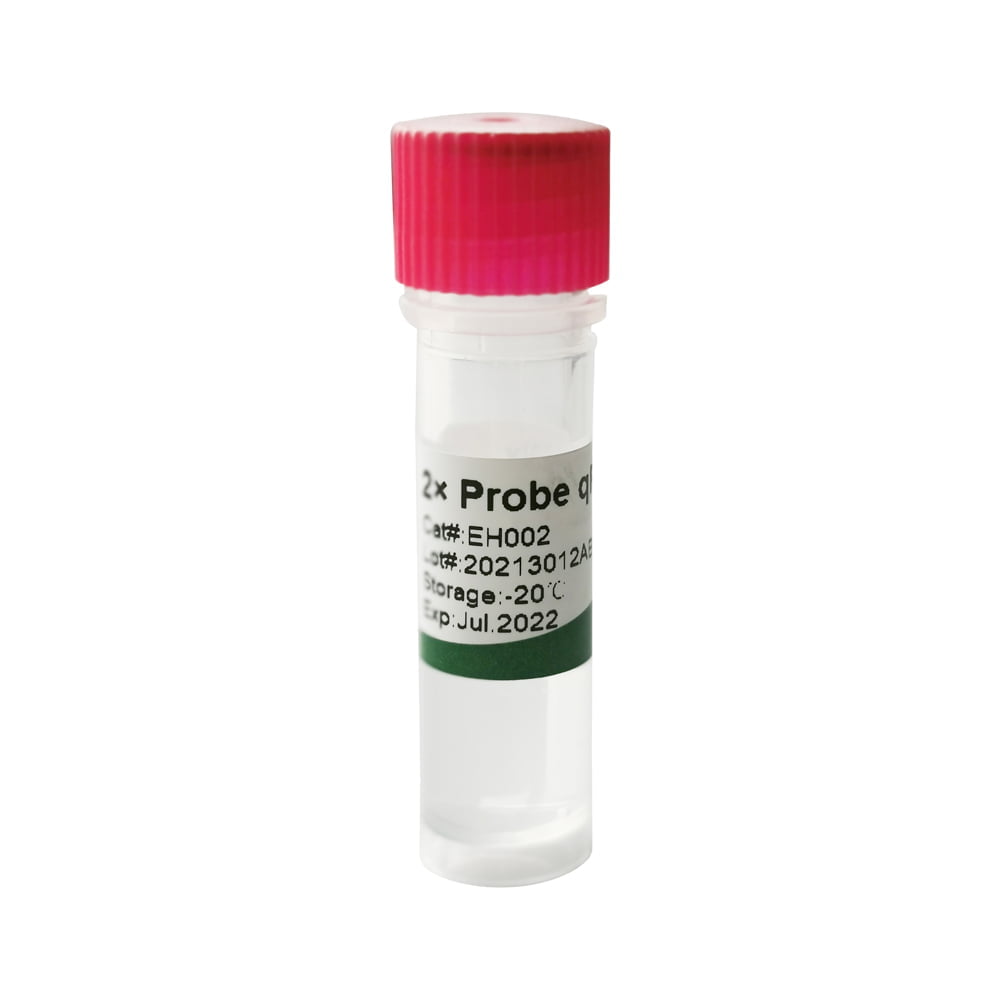
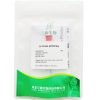
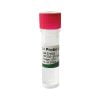


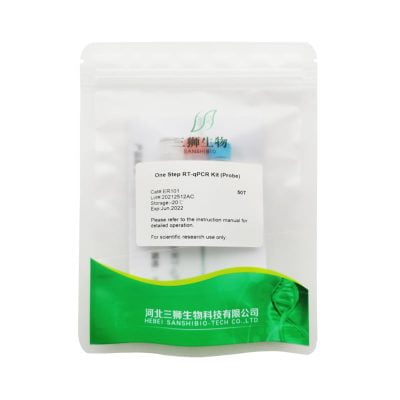
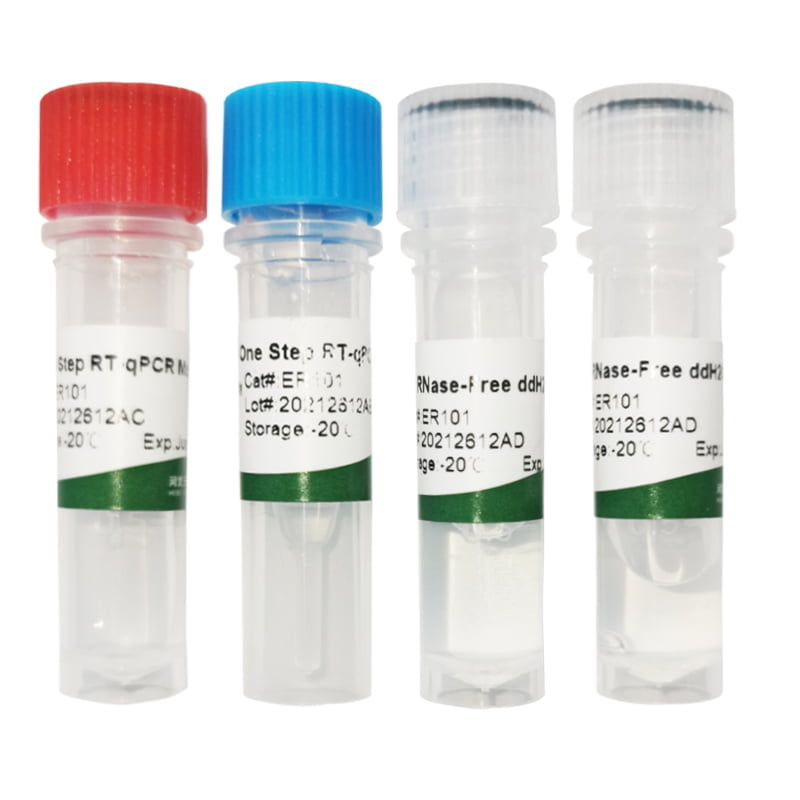
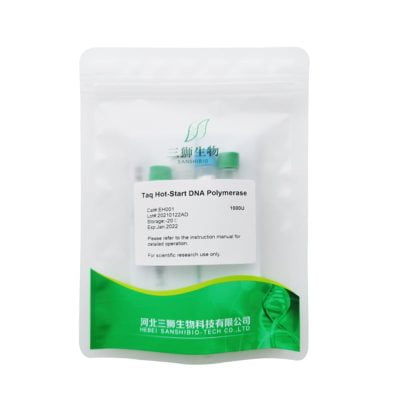
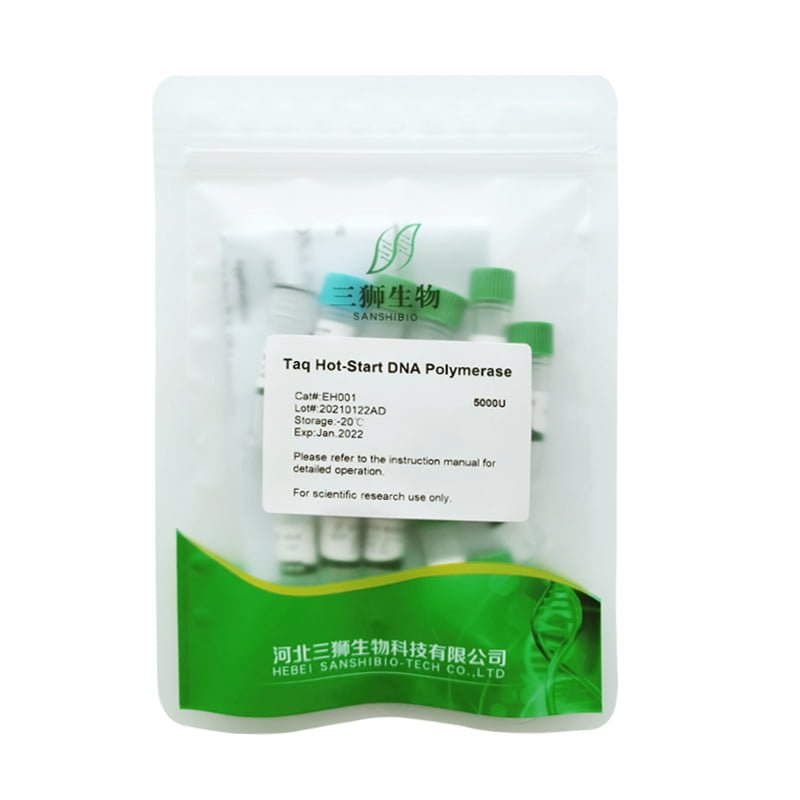

評論
還沒有評論.